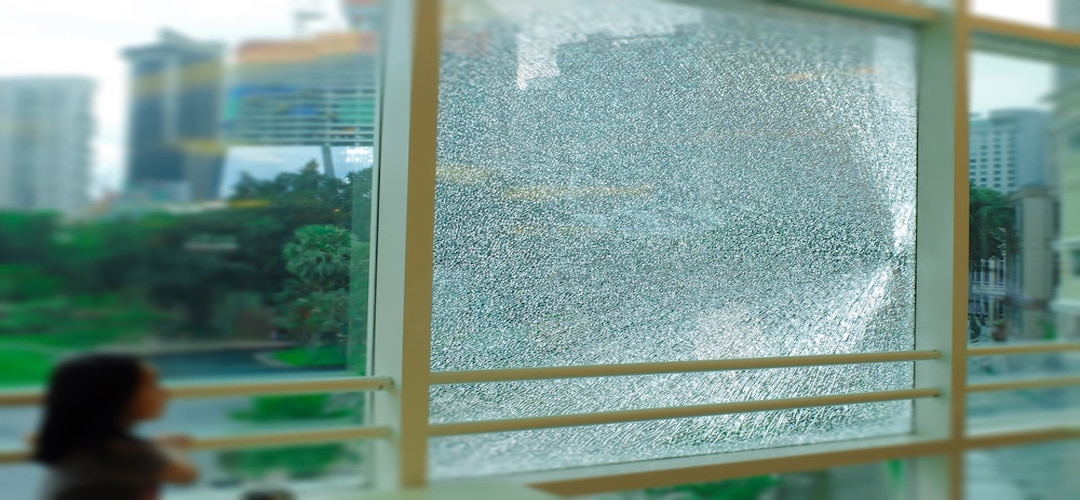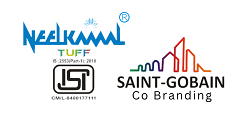
Bulletproof Glass – What You Should Know
Bulletproof glass, also known as ballistic glass or bullet-resistant glass, is a specialized type of glass designed to withstand gunfire and protect against ballistic threats. This unique material undergoes a complex manufacturing process to acquire its remarkable strength and protective properties, finding applications in various industries where security and safety are paramount.
Composition and Manufacturing Process:
Bulletproof glass is typically composed of multiple layers, each serving a specific purpose in providing protection against ballistic threats. The manufacturing process involves lamination, which bonds together different materials to create a composite structure:

Layers of Glass: The primary component is multiple layers of glass, usually tempered or toughened, which are chemically strengthened to enhance durability. These layers provide the foundation for the glass’s strength.
Polycarbonate Layer: Sandwiched between the layers of glass is a thermoplastic material, often polycarbonate. Polycarbonate has excellent impact-resistant properties and works as a binding agent to hold the glass layers together upon impact.
Bonding and Lamination: The layers of glass and polycarbonate are assembled and bonded together using heat and pressure in a specialized lamination process. This process ensures that the layers adhere firmly, creating a unified, robust composite material.
Finishing: Once laminated, the bulletproof glass undergoes finishing processes to achieve desired clarity, thickness, and dimensions. Quality checks are carried out to ensure uniformity and structural integrity.
Five primary types of bulletproof glass:
Acrylic: Acrylic, also known as Plexiglas, is a transparent thermoplastic material. While not as strong as some other bulletproof glass types, it’s commonly used for its optical clarity and lighter weight. Acrylic is used in lower-security applications where protection against impact is required without the need for high-level ballistic resistance.
Polycarbonate: Polycarbonate is a robust and impact-resistant thermoplastic that offers exceptional strength against ballistic threats. It’s known for its flexibility and ability to withstand high-velocity impacts. Polycarbonate is often used in higher-security settings, such as banks, government buildings, and military applications.

Insulated Ballistic Glass: Insulated ballistic glass incorporates multiple layers of glass and polycarbonate, offering enhanced resistance against ballistic threats and better insulation properties. This type of glass provides a combination of security, soundproofing, and insulation and is suitable for sensitive environments where protection against gunfire and environmental elements is essential.
Glass-Clad Polycarbonate: Glass-clad polycarbonate features a layer of polycarbonate sandwiched between sheets of traditional glass. This composite structure provides increased protection against ballistic threats while retaining the appearance of regular glass. It’s used in various security applications where aesthetics are a concern.
Traditional Laminated Glass: Traditional laminated glass, while not as resistant to ballistic threats as other specialized types, consists of multiple layers of glass bonded together with interlayers. While it may not offer the same level of protection against high-velocity impacts, it still provides resistance against forced entry and low-level ballistic threats.
Uses and Applications:
Bulletproof glass is utilized in a wide range of applications across various industries, providing protection against ballistic threats and enhancing security measures:
Security and Law Enforcement: It is extensively used in banks, government buildings, police stations, and armored vehicles to protect personnel and valuable assets from armed attacks.
Military and Defense: Bulletproof glass is employed in military vehicles, aircraft canopies, and sensitive installations to shield against ballistic threats in combat zones.

Retail and Commercial Spaces: High-security areas in retail stores, jewelry shops, and embassies utilize bulletproof glass for protection against theft and vandalism while maintaining visibility.
Automotive Industry: Armored vehicles, including those used for transportation of valuables or VIPs, are equipped with bulletproof glass to ensure the safety of occupants.
Residential Applications: In regions where security is a concern, homeowners may opt for bulletproof glass for windows and doors to enhance home security.
Bulletproof glass, through its intricate manufacturing process and composite structure, stands as a crucial element in fortifying security measures across diverse sectors. Its ability to resist gunfire and blunt-force impacts while providing visibility makes it an invaluable asset in safeguarding people and property against various threats. As technology advances, ongoing innovations continue to enhance the effectiveness and versatility of bulletproof glass in meeting evolving security challenges.





